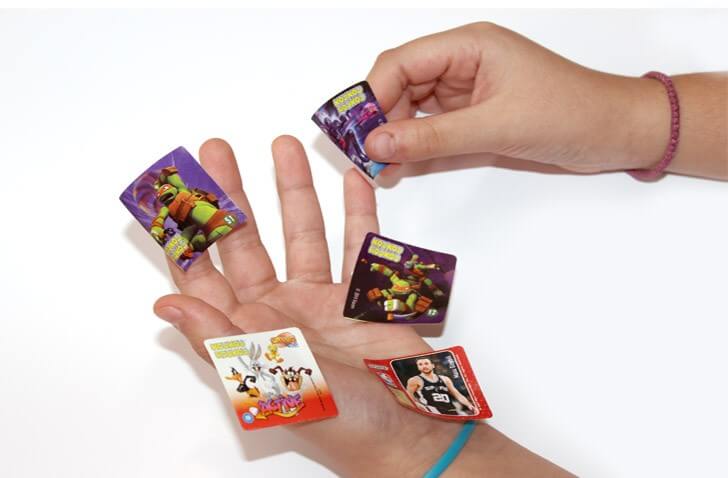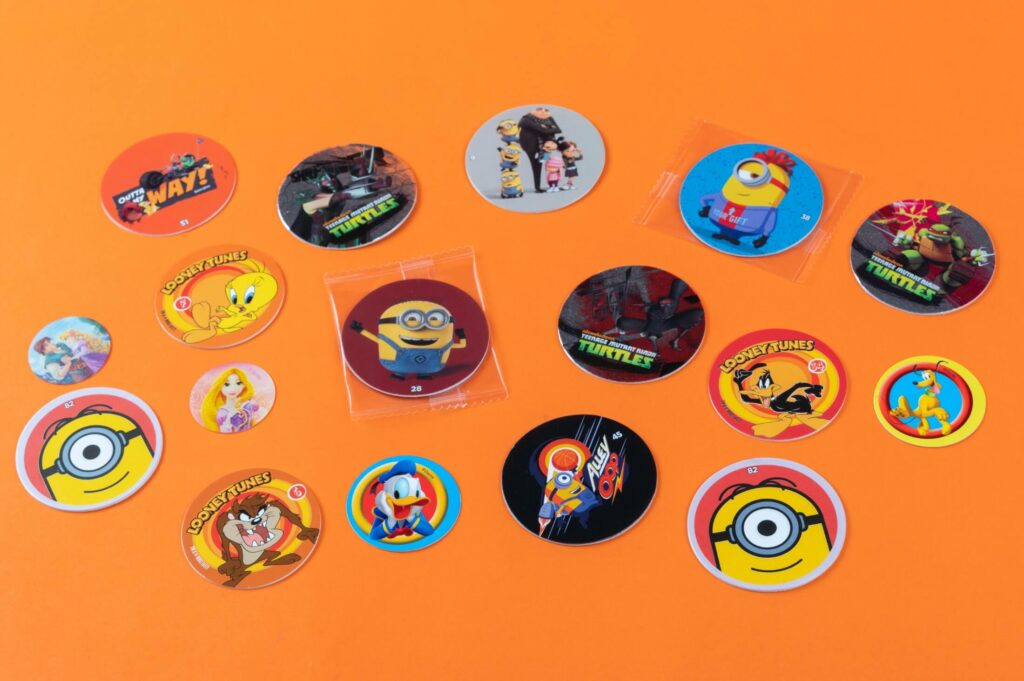How Loyalty Programs Drive Long-Term Customer Engagement

In the fast-paced world of FMCG (Fast-Moving Consumer Goods) and retail, having a strong loyalty program is kind of like having a superpower against high customer turnover and cutthroat competition. Think about it, with a churn rate around 40% in the CPG (Consumer Packaged Goods) industry, keeping customers is quite the challenge.
In response to the challenges presented by high customer turnover and intense competition, Chromochartiki has positioned itself as a significant contributor to developing effective loyalty programs. Their focus is on creating customer engagement strategies that not only meet the essential criteria for effectiveness but also engage customers in a meaningful way. Their partnership with Koukouroukou and Chipicao are prime loyalty programs examples of turning the usual approach into a more dynamic and exciting journey, leading to deeper customer engagement, connections and a solid fan base.
Ready to decode customer engagement by exploring some benefits and examples of loyalty programs? Let’s go!

The Importance of Loyalty Programs in Cultivating Long-Term Customer Engagement
In the FMCG and retail sectors, loyalty programs are integral for multiple reasons. Primarily, they tackle the high churn rates prevalent in these industries, which poses a significant challenge, as it means nearly half of the customer base could be changing annually, impacting both revenue and brand consistency. These programs foster repeat purchases and strengthen brand loyalty, counteracting the typical customer turnover. This approach is especially vital in environments dominated by third-party retailers, where direct interaction with consumers is limited.
Additionally, loyalty programs are a gateway for companies to collect and leverage valuable first-party customer data, an asset often scarce due to the indirect relationship with end consumers. This data becomes crucial for developing personalized marketing strategies and tailoring customer experiences, leading to higher retention rates.
As consumer behaviors evolve, notably during changes like those brought on by the pandemic, loyalty programs offer flexibility and adaptability, enabling businesses to maintain relevance and engagement in a shifting market landscape.
Creating Effective Loyalty Programs for FMCG and Retail Industries
Creating effective loyalty programs in FMCG and retail sectors involves a blend of strategic engagement and data collection. For example, coupon codes and gamified surveys not only capture customer interest but also provide a rich source of consumer data. Additionally, implementing tiered memberships and badge systems can be instrumental in encouraging repeat purchases, building a sense of accomplishment and fostering a sense of community among customers.

An effective loyalty program should also incorporate elements of gamification and experiential rewards. Techniques such as earning points for interactive activities or providing unique experiences as rewards can make the program more engaging and enjoyable. This approach can turn regular customers into brand ambassadors! The integration of these elements should be seamless and consistent across various customer touchpoints, ensuring a unified brand experience. Ultimately, the success of loyalty programs in these sectors depends on how well they resonate with customers and adapt to their evolving needs.
The Best Practices and Strategies That Lead to Effective Loyalty Programs
In FMCG and retail, developing successful loyalty programs hinges on adopting personalized and value-centric strategies. This approach is exemplified by industry giants like Kellogg’s and P&G, whose programs demonstrate how to effectively utilize rewards and experiences that genuinely appeal to consumers. These programs provide more than just incentives – they create an emotional connection with the brand, making each customer feel valued and understood.
A critical component of these best practices is the deep understanding of the target audience. Tailoring rewards to meet specific customer needs and preferences ensures that the loyalty program resonates more profoundly with the audience. Additionally, continuously monitoring the performance of the loyalty program and being receptive to customer feedback is crucial.
This dynamic approach allows brands to make timely adjustments, keeping the program relevant and engaging. It’s not just about launching a program but nurturing and evolving it to align with changing consumer expectations and market trends. This adaptive strategy is essential for maintaining customer engagement, interest and loyalty over time.
Chromochartiki’s Loyalty Programs Implemented in FMCG and Retail
Chromochartiki’s approach to loyalty programs in the FMCG and retail sectors is distinguished by its comprehensive service, ranging from the initial design to the production of rewards. In partnership with brands, they exemplify the art of creating impactful loyalty programs. Their customer relationship team works closely with client marketing teams to develop programs that are not just rewarding, but also straightforward and easy for customers to understand and participate in.
The collaboration with Koukouroukou is a case in point. Chromochartiki has developed an engaging collectible sticker program, aimed at providing instant rewards for purchases – a simple yet effective “buy one product, earn one reward” system. This program is designed to capture and maintain consumer interest, featuring various designs for collection ease. Moreover, they have introduced elements like a collectible album sticker, enhancing the collectability aspect, as well as a reward code system for additional surprises, integrating an element of discovery and excitement!

Another notable collaboration is with Chipita, specifically for their Chipicao product range. For over a decade, starting in 2012, Chipita had entrusted Chromochartiki with the production of tazos for all its factories. These tazos were distributed with Chipicao products in more than 21 countries, featured a variety of popular themes such as Minions, SpongeBob, Penguins of Madagascar, and were a huge hit among the younger audience.
Read More: Iconic Tazos Designs over the years
This strategy is effectively tied to an omnichannel presence, encouraging interactions across various platforms like retail, online and social media. This comprehensive engagement motivates customers through different stages of loyalty – from occasional users to medium users, then to heavy users and finally, to dedicated brand advocates! By leveraging such tactics, Chromochartiki not only showcases a deep understanding of current market trends but also sets a high standard in how loyalty programs can be a pivotal tool in fostering long-term customer engagement and brand loyalty.

Customer Engagement 101 – Decoded!
In summarizing the effectiveness of loyalty programs in FMCG and retail sectors, Chromochartiki’s initiatives serve as a prime example of best practices in action. These programs necessitate a profound understanding of customer behaviors and preferences, a key factor that Chromochartiki has capitalized on. By incorporating innovative engagement strategies and adopting an omnichannel approach, they’ve crafted programs that not only draw customers in but also foster deep loyalty. This methodology is particularly effective in today’s market, where consumers expect seamless interactions across various platforms.
Crucially, the ability of these programs to adapt and evolve in response to the ever-changing consumer behaviors and market dynamics plays a vital role in sustaining long-term customer engagement and contributing to business success. This adaptability ensures that loyalty programs remain relevant and engaging, thereby turning casual buyers into dedicated brand advocates. It’s this dynamic approach, hand in hand with a deep understanding of the target audience, that makes such programs a cornerstone for customer engagement and business growth in the competitive sectors of FMCG and retail.









 BY
BY